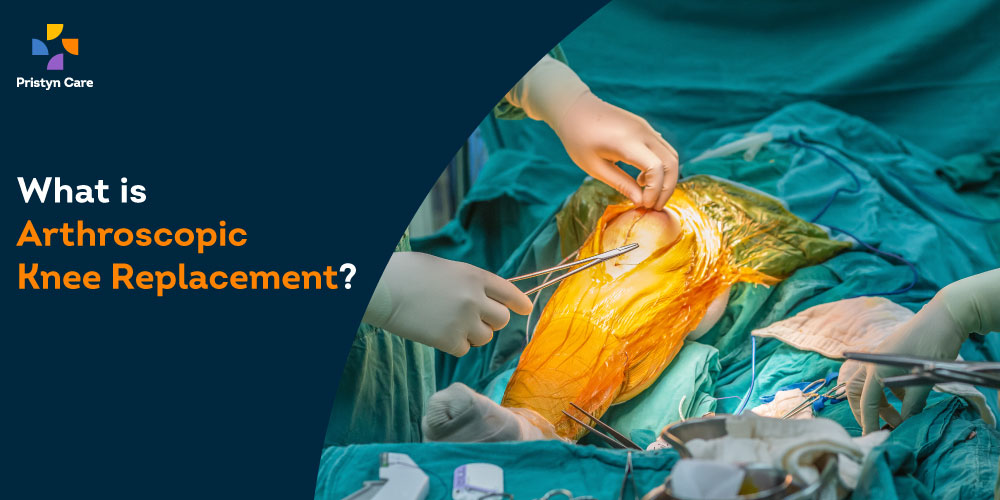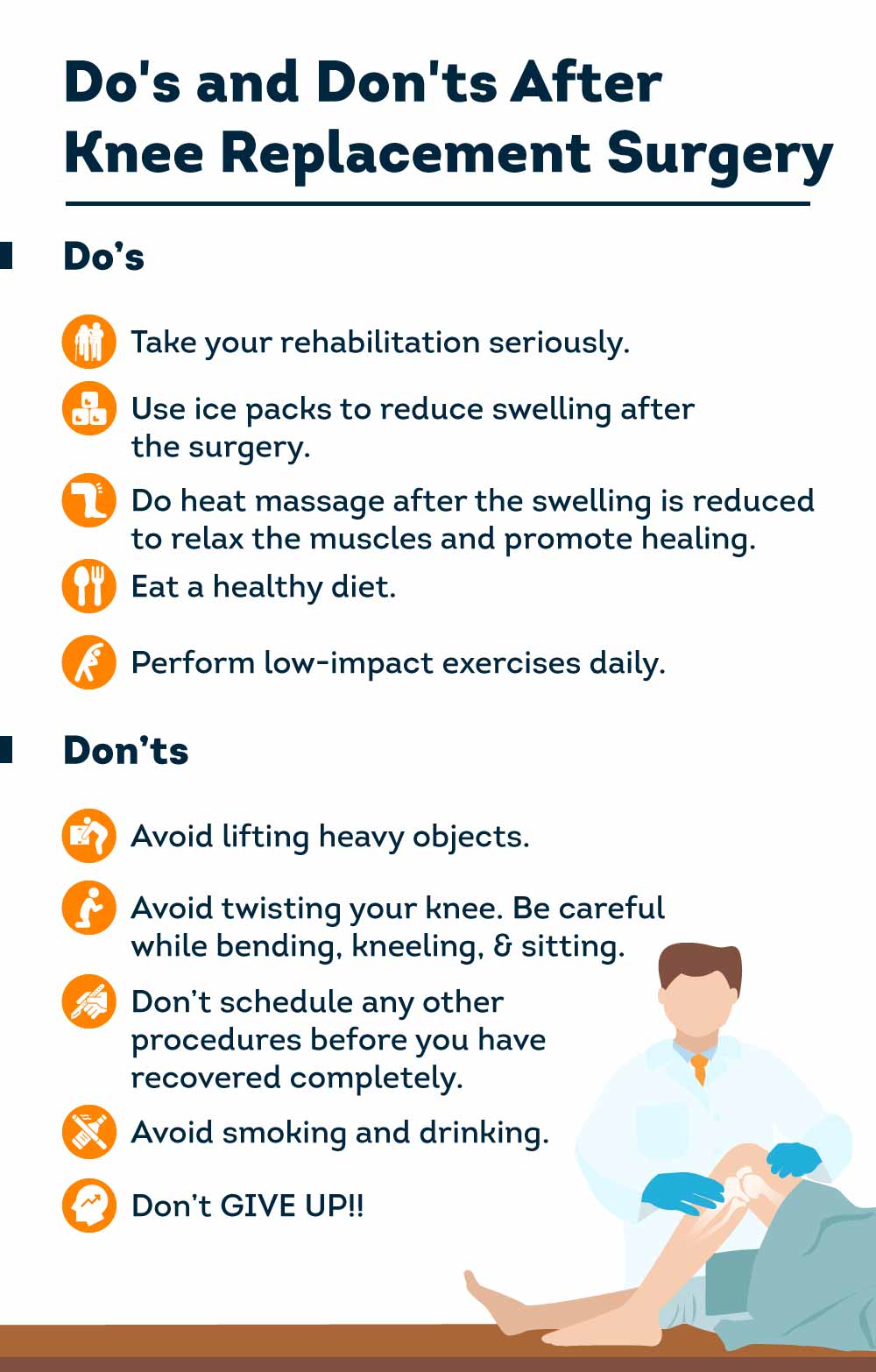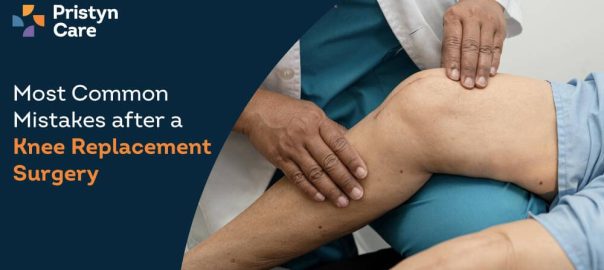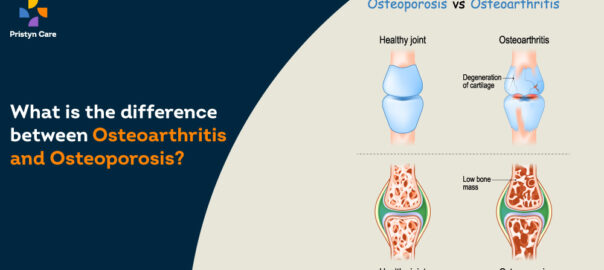![]() Views: 577
Views: 577
What is Arthroscopic Knee Replacement?
Dedicated Support at Every Step!
Our Doctors are available 24 hours a day, 7 days a week to help you!
Call Us9870-259-621Table of Contents
What is Arthroscopic Knee Replacement?
As suggested by the name itself, knee replacement treatment is the repair, reconstruction, and replacement of the damaged and degenerated parts of the knee joint with artificial prosthetics.
No Cost EMI, Hassle-free Insurance Approval
Which knee problems are treated by joint replacement surgery?
The three most common knee joint problems that need knee replacement surgery are:
- Knee Osteoarthritis (Knee OA): Osteoarthritis usually occurs in older people. It is the inflammation and breakdown of the protective cartilage at the ends of the bones. Although it can affect any joint, it is most common in the hands, knees, hips, and spine. Osteoarthritis is usually characterized by pain, stiffness, tenderness, loss of flexibility, and swelling of the affected joint. Over time, patients may even lose complete mobility of the joint.
- Knee Rheumatoid arthritis (Knee RA): It is also known as inflammatory arthritis and is an autoimmune and inflammatory disease. In this condition, the immune system starts attacking the healthy cells of the body, which causes inflammation in joints all over the body. It commonly affects multiple joints simultaneously. It is characterized by chronic pain, instability of the joints, and joint deformities, most commonly in knee, hand, wrist, and hip joints.
- Post-traumatic arthritis: It is usually a temporary inflammation of the joints after an injury. However, if the injury is not treated properly, it can become chronic and cause joint degeneration. It most commonly affects the ankle, knee, hip, and elbow joints; and is characterized by pain, swelling, stiffness, and instability of the affected joint.
When should one start considering getting knee replacement surgery?
You should start considering knee replacement surgery if you have:
- Severe chronic knee pain that is limiting your mobility
- Moderate to severe knee pain that happens throughout the day
- Chronic inflammation of the knee joint that can’t be treated even with rest and medications
- Knee joint deformities, i.e., bowing in or out of the knee joint
- Inability to get pain relief even after medications and exercises
What are the different types of knee replacement surgery?

There are four types of knee replacement surgeries:
- Total Knee Replacement (TKR): This procedure, also known as total knee arthroplasty, involves the replacement of the entire joint surface at the end of the thigh bone/femur and the joint surface at the top of the shin bone/tibia. Often the entire patellar bone is also replaced with an artificial prosthetic.
- Unicompartmental/Partial Knee Replacement: In many cases, arthritis only affects one side of the knee, usually the inner side. Since only one side of the knee joint is replaced, the recovery process and prognosis are much better.
- Kneecap Replacement (Patellofemoral Arthroplasty): In case the arthritis is only affecting the under-surface of the kneecap, the orthopedic surgeon can replace only the patellofemoral part of the joint.
- Complex or Revision Knee Replacement: Patients with severe arthritis may need a knee replacement procedure two or three times in the same knee. For this surgery, the knee implant is modified to have a longer stem and may have more components to provide more stability to the knee joint.
Out of these, total knee replacement surgery and partial knee replacement surgery are the most common surgical procedures for knee replacement.
How to prepare for knee replacement surgery?
Knee replacement is a major treatment, so you need to prepare well before the surgery. Preparation before knee replacement surgery is done on two levels: medical and home preparation.
Medical preparation before knee replacement treatment includes:
- Clearly relay your medical history to your knee replacement surgeon. Inform them about any pre-existing medical conditions you are suffering from and the medicines you are currently taking for them. If you are taking aspirin, steroids, opioids, and other similar medicines, your surgeon may ask you to limit or stop their usage before and after a week of the surgery.
- You may need to completely avoid tobacco use before and after the surgery, as nicotine slows down the healing process and increases the chances of the patient developing post-surgical complications such as DVT (deep vein thrombosis).
- In addition to relaying your medical history to your orthopedic doctor, you should also check with your regular doctor to ensure that you are in optimum health for the surgery.
- Alcohol can counteract with anesthesia and cause complications during the surgery. Therefore, you should stop consuming any alcohol for at least 2-3 days before the surgery.
- In case you develop any sudden illness such as a fever, cold, flu, etc., inform your orthopedic surgeon immediately so that they can modify the procedure as needed.
After the surgery, moving around the house can be difficult in the initial period. Hence, you need to make your house and surroundings more accessible and comfortable during your recovery period:
- Remove throw rugs, toys, electrical cords, and other tripping hazards from your general vicinity.
- Rearrange your furniture to make it easier for you to use your walkers or crutches after the surgery.
- You may have trouble bending down after the surgery, so move the items you may need after the surgery from lower cabinets to more accessible areas.
- If possible, add safety rails to your bathroom to make it safer and easier to clean up after the surgery.
- If you are living in a multi-storey house, then shift to the bottom storey so that it is easier for you to travel.
What happens during the knee replacement procedure?
https://youtu.be/1v3iVjQeAqw
Arthroscopic knee replacement procedure takes about 1 to 3 hours and can be performed under either general or spinal anesthesia. During the surgery, the surgeon places a cut on the front of the knee to expose the kneecap. Then, they remove the damaged parts of the joint and position the knee prosthetic. Usually, a special bone, ‘cement’ and a plastic spacer, is placed between the knee implant and the bones that act as a cartilage and reduce friction during the joint movement. Then the wound is closed, using sutures or clips, and dressed.
Since the surgery is minimally invasive, there is very little bleeding, and the procedure usually does not need any blood transfusions.
How to improve recovery after knee replacement surgery?
5 tips to help you promote your healing and reduce your recovery period:
- Keep your knee joint straight.
- Rest the operated area. Use a crutch or wheelchair whenever possible.
- Wear a knee brace to prevent any unnecessary strain.
- Do the appropriate exercises that are approved by either your orthopedic doctor or physiotherapist.
- Attend your physiotherapy sessions religiously.
Do's and Don'ts for Knee Replacement Surgery
| Do’s | Don’ts |
| Follow your entire rehabilitation course without fail. | Don't lift heavy objects. |
| Massage the surgical site with ice packs to reduce swelling. | Be careful while bending, kneeling, and sitting to avoid twisting your knee. |
| After the swelling is reduced, massage with heat packs to relax the muscles and promote healing. | Don’t schedule any other procedures before you have recovered completely. |
| Eat a healthy diet. | Don't smoke and drink. |
| Exercise daily. | Don’t GIVE UP!! |
How long will I need to undergo physiotherapy after knee replacement?
The amount of physiotherapy required after knee replacement surgery depends on a variety of factors such as:
- The required range of motion of the joint
- Patient’s gait and mobility after the injury, including while using assistive devices.
- Strength of the joint muscles
- The amount of scar tissue
- Post-operative inflammation
Generally, outpatient physical therapy after knee replacement treatment lasts about 4 to 8 weeks. The recovery period is different for every patient.
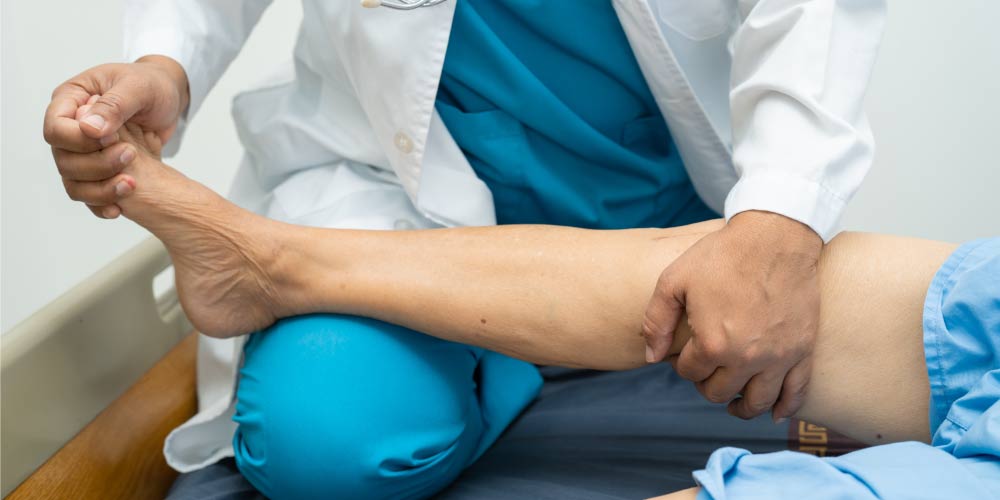
What are the components of knee implants?
Knee implants normally have three components:
- Femoral component: This part of the implant is directly attached to the femur and has a groove that allows the patellar component to slide while you are bending the knee joint.
- Tibial component: It is a flat two-piece metal and plastic part of the implant that is attached to the tibia. The plastic part acts as a cushion between the tibial and femoral components.
- Patellar component: It is a plastic dome-shaped component that is resurfaced to match the shape of the patella.
The plastic components of the implant are made of polyethylene, while the metal component is usually made of cobalt-chromium, titanium, zirconium, and nickel. Knee implants can be categorized into four categories based on what they are made of:
- Metal on plastic
- Ceramic on plastic
- Ceramic on ceramic
- Metal on metal
What are the risks associated with total knee replacement treatment?
Although minimally invasive knee replacement surgeries are very safe, in rare cases, some complications that may occur are:
- Anesthetic complications such as headache, nausea, drowsiness, sore throat
- Infection
- Bleeding
- Blood clots, i.e., deep vein thrombosis, pulmonary embolism, etc.
- Inflammation
- Nerve or artery damage
- Allergic reaction
- Implant failure
How soon after knee replacement surgery can the patient start walking?
Patients are usually advised to start moving the joint and walking as soon as possible. They can start standing up and walking with support within a few hours of the surgery. Complete recovery takes about 4 to 8 weeks, depending on the rehabilitation. So, patients can start walking on their own within 4-8 weeks.
FAQs
Knee replacement surgery is performed under either spinal or general anesthesia, so the procedure is minimally invasive. However, there may be some post-operative pain and inflammation, which can be easily managed via NSAIDs and other pain medications.
Knee reconstruction surgery is usually performed for ligament and meniscus injuries by replacing a torn ligament with a tissue graft, such as a tendon transfer. On the other hand, knee replacement surgery is done for severely damaged or degenerated knee joints that cannot be repaired and have to be replaced entirely with artificial prosthetics.
More than 90% of people who have knee replacement surgery can go over 15 years without any noticeable side effects. This time period can be even higher if the patient maintains a healthy and active lifestyle.
Most insurance policies cover knee replacement treatment to some extent. However, the extent of the coverage depends on the policy terms. Some policies might cover the surgery itself, but not the post-operative physiotherapy that is required.
While knee replacement surgery can be a little expensive, since it is usually covered under insurance, most patients with good health insurance need not worry about surgical costs.
Knee replacement surgery in India costs about Rs. 1.8 lakh to Rs. 2.5 lakh at Pristyn Care. This cost is variable and depends on a lot of factors such as choice of treatment city and hospital, doctor’s fees, preexisting comorbidities of the patient, post-surgical complications, etc.



